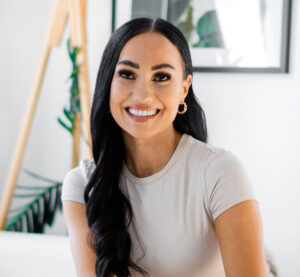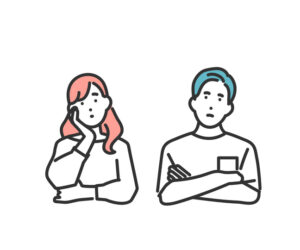When it comes to helping a child with anxiety, the first and most powerful tool a parent has is their own ability to manage stress and anxiety. Children look to their parents for cues on how to respond to stressful situations, and when they see you modelling calmness and control, it sends a clear message: “We can handle this together.” The Fear-Less Triple P (Positive Parenting Program) approach provides a practical framework that starts with parents managing their own anxiety, helping create a calm environment that supports children in developing healthy coping skills.
As a parent, managing your anxiety is not about being perfect—it’s about showing your child that it’s possible to navigate stress in a calm, thoughtful way. When you model calmness, you help your child feel more secure, as children tend to mirror the emotional responses of the adults around them. If your child senses your anxiety, it can intensify their own.
Tip: Practice self-care and calming techniques like deep breathing or mindfulness, especially during stressful moments. When you regulate your emotions, you provide a stable foundation for your child to do the same.
Teaching Problem-Solving and Facing Fears
Fear-Less Triple P emphasizes helping children face their fears gradually, rather than avoiding them. By guiding your child to break down their anxieties into manageable steps, you’re teaching them that anxiety doesn’t have to control their actions.
Parent Strategy: Start small. If your child fears social situations, begin by encouraging them to engage in a low-pressure social setting, like talking with a neighbour. Gradually increase the level of challenge as they build confidence.
Emotional Regulation Skills for Parents and Kids
Another key element is teaching emotional regulation, both for yourself and your child. Simple techniques like deep breathing or mindfulness exercises can be taught and practiced together to help calm the nervous system.
Try This: Practice a breathing exercise together during calm moments, so it becomes a natural go-to when anxiety arises. For example, use “square breathing” where you breathe in for four counts, hold for four, exhale for four, and pause for four.
Setting a Positive Example Through Consistency
Children with anxiety thrive on predictability and routine. By maintaining consistent boundaries and schedules, you provide a sense of control and stability, which can greatly reduce anxious feelings.
Tip: Create daily routines that include calming activities, and always provide clear expectations to avoid overwhelming your child with uncertainty.
Managing your own anxiety is the first step in helping your child cope with theirs. By modelling calmness, teaching problem-solving, and using emotional regulation techniques, you can provide your child with the tools they need to manage their anxiety effectively. The Fear-Less Triple P framework empowers you as a parent to be the calm, steady presence your child needs in times of worry, guiding them toward resilience and emotional strength.
Sabrina is a trained Triple-P clinician and can offer support for your child or family’s needs. Whether you’re looking for parenting guidance or family therapy, you can easily book an appointment with her online by select Online Booking or call M1 Psychology Brisbane on (07) 3067 9129.
